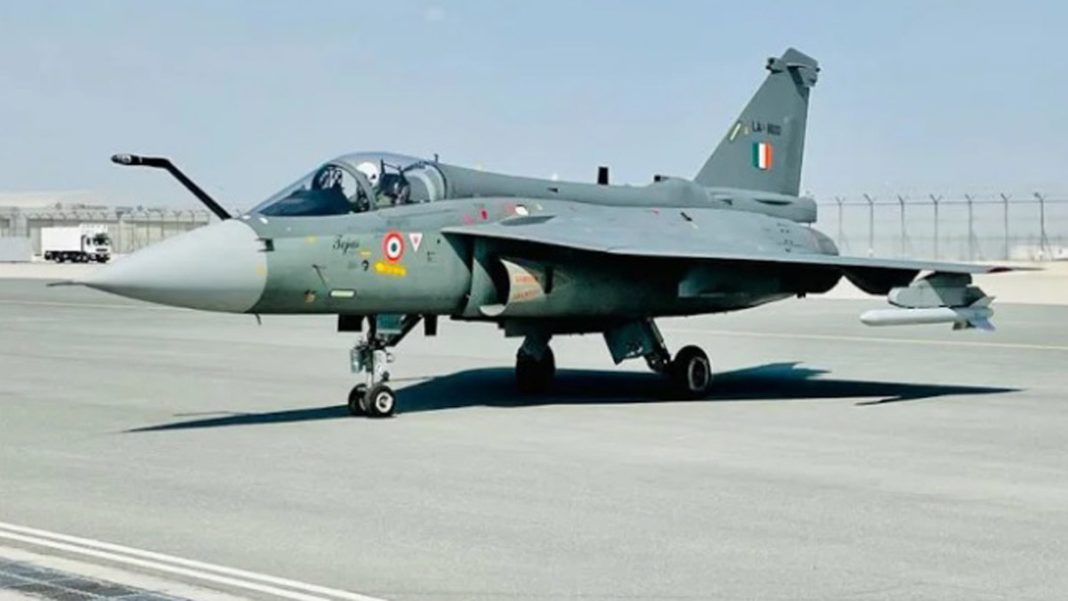Indian Air Force Faces Setback in Meteor Missile Integration for Fighter Jets

The Indian Air Force (IAF) is facing a potential setback in its plans to enhance the capabilities of its fighter jets with the integration of advanced missiles. The European defense consortium MBDA, which is responsible for the development of the Meteor missile—an active radar-guided, beyond-visual-range air-to-air missile (BVRAAM)—is reportedly hesitant to allow the Meteor missile to be deployed on Indian fighter jets, including the Su-30MKI, Tejas Mk1A, and the forthcoming Tejas MkII.
Currently, the only aircraft in the IAF armed with the Meteor missile are the Rafale fighter jets, which benefit from the missile’s exceptional range and effectiveness, particularly in complex combat engagements. The Meteor missile is noted for its advanced capabilities compared to traditional air-to-air weapons, offering a significant advantage in aerial warfare.
Despite the IAF’s interest in integrating Meteor missiles into its domestic aircraft lineup, the European consortium seems to be focused on maintaining the competitive appeal of European fighter jets in the ongoing open tender for India’s Multi-Role Fighter Aircraft (MRFA) project. This procurement initiative aims to acquire 114 fighter jets to bolster the IAF’s diminishing squadron strength. Notably, the Gripen E and Eurofighter Typhoon—two contenders in the bidding process—are already equipped with the Meteor missile, making them more attractive options for India.
The Meteor missile is engineered to tackle a diverse range of aerial threats, extending from nimble fighter jets to smaller unmanned aerial vehicles (UAVs) and cruise missiles. With a capability to reach speeds surpassing Mach 4, the missile has been described as a “game changer,” providing forces the ability to engage targets beyond the horizon with remarkable precision, even in challenging conditions such as adverse weather or electronic warfare scenarios.
The challenges faced by the IAF in acquiring the Meteor missile could catalyze advancements in India’s indigenous Astra Mk3 air-to-air missile program, as the need for domestic alternatives becomes increasingly pressing in light of these developments. As India continues to strengthen its defense capabilities, the integration of indigenous technologies may become more pivotal in future strategic planning for the IAF.
















Add Comment